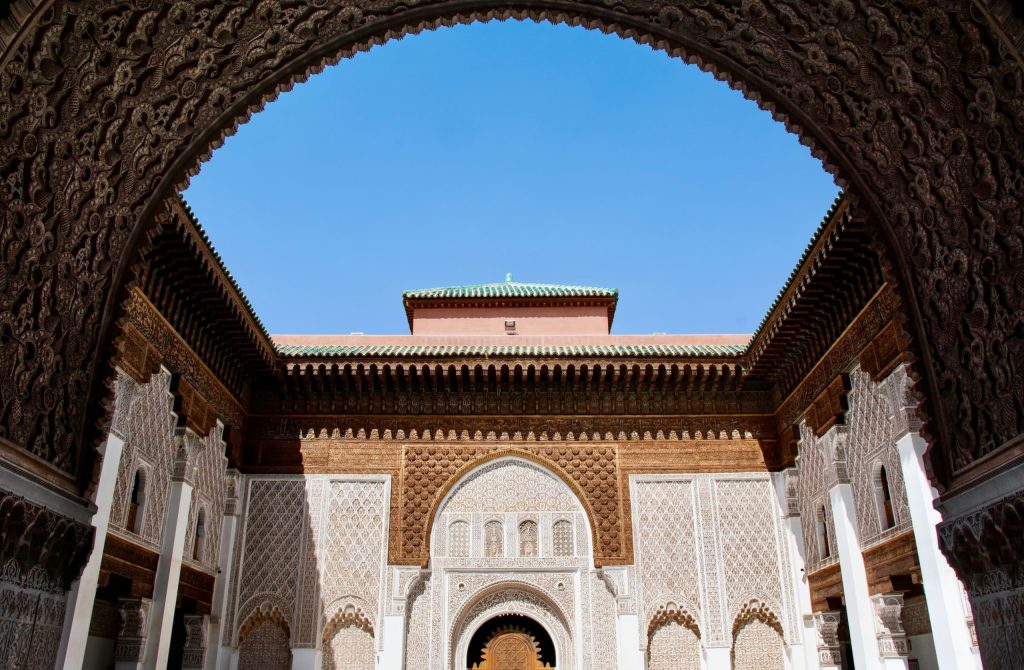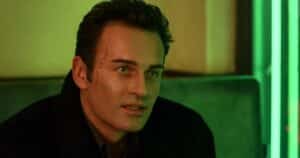A Popular History of the Catholic Church was written by Philip Hughes in 1947. It is an old book, but do not be fooled, this book applies to everyone who wants to learn about the Catholic Church. A Popular History of the Catholic Church looks at the past 2000 years and would suit anyone who likes history. From the front of A Popular History of the Catholic Church, “The significant events, the great personalities of the church from the era of primitive Christianity to the present day.” Would you find such a history useful?
A Popular History of the Catholic Church Summary

With a history book like A Popular History of the Catholic Church, it is important to tell what is in the book. A Popular History of the Catholic Church is eleven chapters long, and this section presents a summary of each.
Primitive Catholicism: St. Peter to Constantine
Depicts the world into which the church was born, where Catholicism was illegal in the Roman Empire and Catholics were fed to Lions. Also discussed are Gnosticism, Marcion, Montannus, Mani, and the apologists. This chapter focuses on Catholic daily life in the Roman Empire.
The Church Under Imperial Protection, 313-711
This chapter discusses the conversion of the Empire and a problem with a catholic Emperor. Also discussed are the Arian Crisis, the Council of Ephesus, the Council of Chalcedon, the problems with Monophysites, and Justinian. The Council of Trullo is also discussed.
The Conversion of Western Europe, 313-755
Donatism is discussed as is the importance of St. Augustine and the Barbarian invasion of Rome. Sains Martin, Benedict, and Patrick are discussed. The conversion of the Franks is in this chapter, as is the Irish missionary monks. The conversion of the Spanish Visigoths is in this chapter, St. Gregory, and the conversion of the English are all in the chapter.
The Assault on Christendom and Recovery, 714-1123
Mohomet and the Iconoclast Heresy are discussed, as well as the origins of the Papal State and Charlemagne. The breakdown of Western civilization is discussed, and so is the Eastern Schism in the Roman Empire.
Christendom Triumphant in the West, 1123-1270
The revival of learning in this chapter is the expansion of Christendom and the Crusades. A discussion of Pope Innocent III is in this chapter, and there is a section on the menace of the emperor. St. Thomas Aquinas is in this chapter, as is the bewildering struggle against Frederick II.
The Decline, 1270-157
This is the Dark Ages, so it is not surprising that the chapter is entitled The Decline. The Perils from within are discussed here as is the defeat of Boniface VIII. The plague is discussed at length in this chapter. There were two popes for a while during this period, so the Avignon Papacy is discussed here, as is the schism in the West. Finally, the West was saved by the Renaissance.
The Revolt of the Protestants, 1517-1648
This chapter focuses on Martin Luther, John Calvin, and Henry VIII and England. The Catholic reformers are discussed in this chapter, and we hear about the Thirty Years’ War. This was a pivotal time in the Catholic Church. There is not much of a description here, but this period was crucial.
The Revolt of the Catholic Kings, 1648-1789
In this chapter, we learn about France and the Huguenots and the subsequent revival in France, as well as the revival in Jerusalem. and the war against the Jesuits. You learned about the Quietists in school, and they are in this chapter. The apparitions of the Sacred Heart are in this chapter.
The Assault of Liberalism, 1789-1878
The spirit of this period in France, Italy, and Germany is discussed in this chapter as are Several saints are discussed here as well and a new Vatican Council.
The Missionary Church
The expansive nature of the Catholic Church is covered in this chapter. You can expect that India, Africa, Latin America, and the Far East. Also discussed in this chapter is the Catholic revival in England and Ireland.
The Contemporary Scene, 1878-1946
It is funny that 70 years ago was described as the ‘contemporary period,’ but it is. The aims and achievements of Popes Leo XIII, Pius X, Benedict XV, Pius XI, Pius XII,
The Importance of the Roman Emperor Constantine
Constantine I was a Roman emperor born around 272, and he died in 337. He was also known as Constantine the Great and had a greater effect on Western civilization than anyone. He was the Roman emperor from 306 to 337 and the first Roman emperor to convert to Christianity. Before his conversion, Catholics were persecuted in the Roman Empire. After his conversion, Catholicism became the official religion of the Roman Empire.
Constantine played an influential role in the Edict of Milan in 313, which declared tolerance for Christianity in the Roman Empire. He organized the First Council of Nicaea in 325, which produced the statement of Christian belief known as the Nicene Creed, which Catholics say today. On his orders, the Church of the Holy Sepulcher was built in Jerusalem, where Jesus died.
So, how did this shocking conversion occur? Constantine was in a battle upon which the fate of the Roman Empire hinged. Constantine was told in a dream to put the heavenly sign on the shields of his soldiers. He did this, and he marked on their shields the letter Χ. Having this sign (☧). The X☧ means Christ in Greek. Constantine also had the X☧ on his helmet. He won the battle and converted.
His mother, Helen, a saint of the Catholic Church, was also instrumental to his conversion. Among her many accomplishments was the founding of a massive church in Istanbul. The Hagia Sophia exists today, though it is a Mosque. People can visit it. Helen prayed that Constantine convert, and he credited her constant prayer as the reason he had the dream and won the battle.
Conclusion
A Popular History of the Catholic Church is a sweeping review of 2000 years of world, mostly Western, history. Because of that, it is a useful book to Catholics and non-catholics alike. It is like a Western Civilization textbook. All that history is crammed into 320 pages, so events go fast in A Popular History of the Catholic Church.








